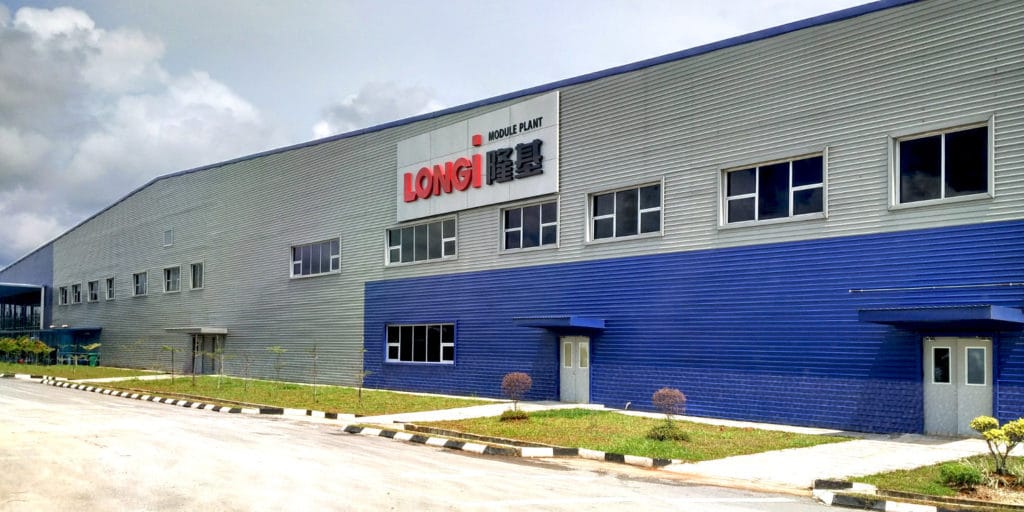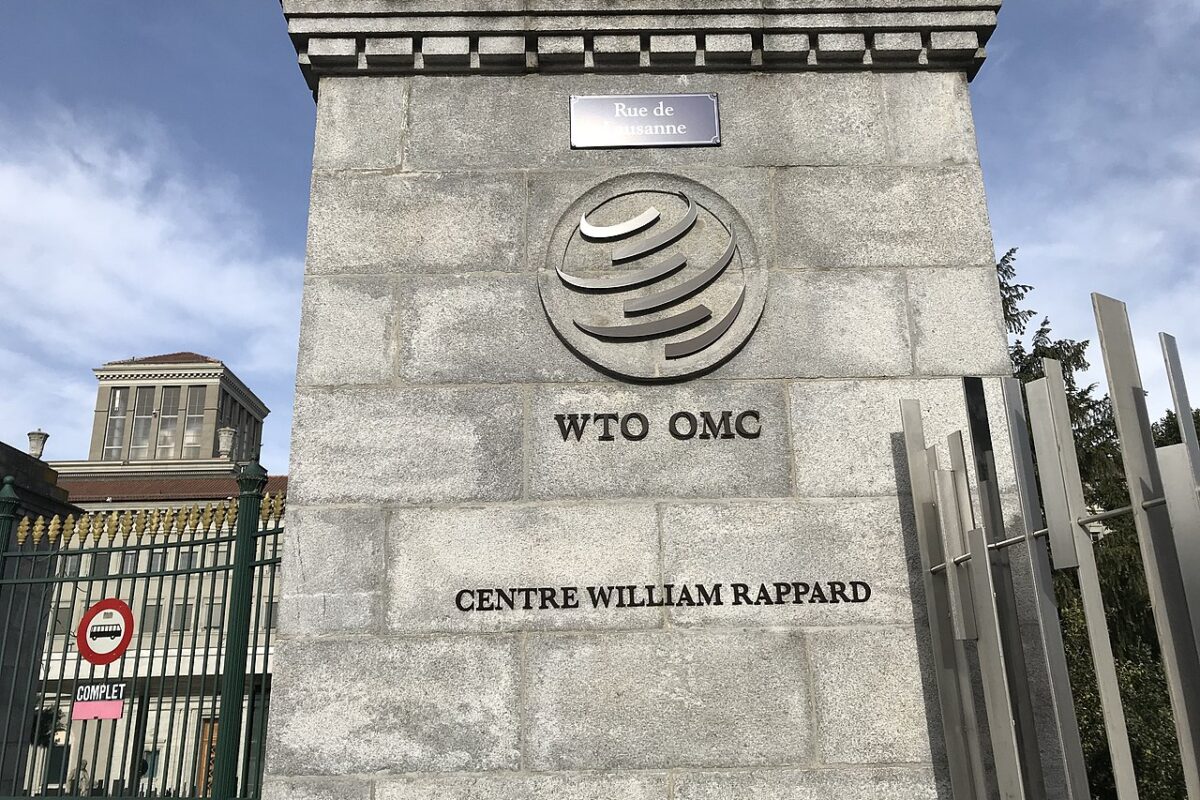Chinese module manufacturer Longi Solar has published the results of a test conducted on its PERC bifacial modules by German testing and product certification services provider TÜV SÜD.
Longi said the modules were tested at a pilot solar plant in Ding’an county on the island province Hainan, China’s southernmost territory. The manufacturer said data was collected on module yields under different surface reflection conditions from September 2018 to April.

Image: Longi Solar
The company said the location has annual solar irradiance of 1,668.4 kWh/kWp/m² and an annual average temperature of around 24 degrees Celsius. Longi added, the solar modules were positioned with similar shading conditions, at heights of 1-1.5m. The manufacturer installed an irradiator on the steel of the front module to record the irradiance of oblique incidence and the accuracy of the irradiance, and two irradiators at the top and bottom of the rear module to record the irradiance reflected from the rear side. Thermocouples were also used at the middle and edge of the rear module of each array to test operating temperature.
Surprising albedo results
Longi said it tested the modules with different albedo including white paint with a reflectance of 67.21%, cement (43.1%), sandy soil (40.46%) and grassland (16.1%).
The energy yields of bifacial PERC modules grew significantly when placed at 1.5m, with gains of 10.1% on grassland, 15.82% on sand, 14.5% on cement and 20.59% on white painted surfaces, compared with single-sided PERC modules tested in the same conditions. Those results, Longi claimed, were in line with a trend that the higher the surface reflectance, the higher the energy gain. “The energy gain is as high as 20.59% on the white painted surface with a reflectivity of 67.21%, and 10.1% on the grassland, which is higher than [the] expected value,” the manufacturer stated.
The Chinese company said additional gains provided by bifacial technology in the region are higher in summer due to the longer duration of mornings and evenings and periodic variation of the solar elevation angle. “The energy gain in January and February of 2019 is over 5% lower than that in other months, which [is] mainly caused by the change of the solar elevation angle,” Longi said.
Lower temperatures
The manufacturer also tested the operating temperature of bifacial and single-sided panels using rear-side sensors. Bifacial products operated under lower temperatures due to the lower thermal effect produced by higher infrared radiation. The company also attributed the result to the use of 2mm+2mm glass which, in its view, has a better heat dissipation speed than that of 3.2mm glass-backsheet panels.
“In summary, the TÜV SÜD Hainan pilot project fully verified the excellent power generation performance of the Longi Hi-MO PERC bifacial modules, and specifically verified the effects of reflectance, installation height and scattered light ratio on the bifacial energy gain,” the company said.
Longi launched the Hi-MO 4 module in May, claiming efficiencies of 18.5-19.2% and a power rating of up to 430 watts.
This content is protected by copyright and may not be reused. If you want to cooperate with us and would like to reuse some of our content, please contact: editors@pv-magazine.com.




Good to see more BIFI results published, of course a manufacturer`s source.
I like to mention that we have seen many “white paint” installations of solarthermal vaccuum tubes in Germany that lost their reflection gains quickly- dust and other effects pushed down reflection quite fast.
I feel we are still in a early stage of the BIFI gains in reality depending on the way and place of installations. If BIFI is a more an more normal feature it`s all fine. But calculating double digits gains to justify higher prices is walking on thin ice at present.
a thin (2mm) sheet of steel polished steel as a mirror (esitmated cost USD10 ) with cathodic anti rust protection would last as long as the PV installation and be easy to clean with robo mower with a brush. Should give much more power than white paint.
There is no doubt that the Longi PERC bifacial modules perform extremely well. I just don’t think the results presented here have any significant meaning. The module configuration is not representative of a commercial installation. The trend seems to be moving toward modules mounted on single axis trackers.
It would be very interesting to see how these modules perform when they are mounted on a more representative setup.
The cost of altering the ground conditions on a large scale setup is extremely cost prohibitive.
I also didn’t see any mention of weather conditions during the test. Bifacial gains are well known to be higher on cloudy days.